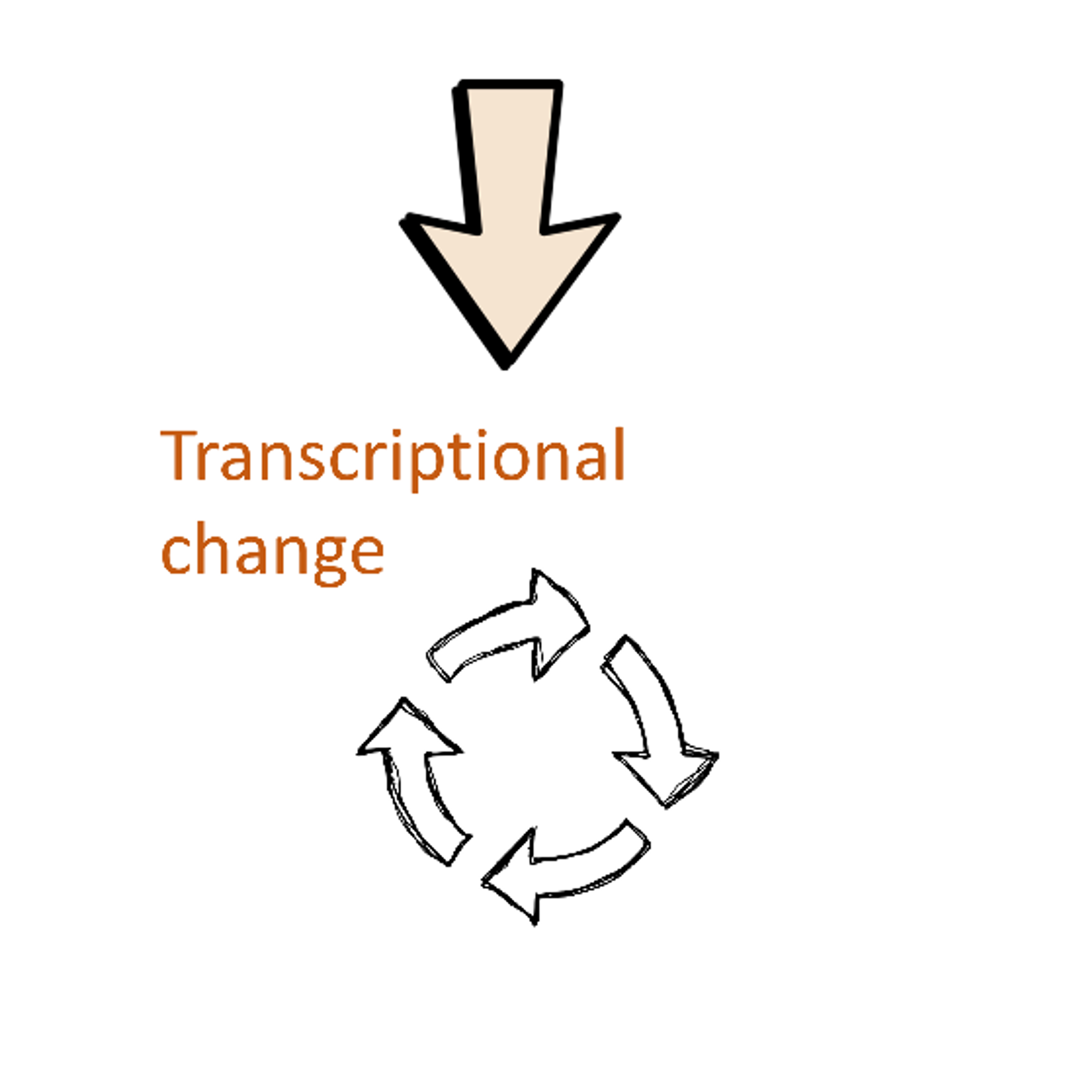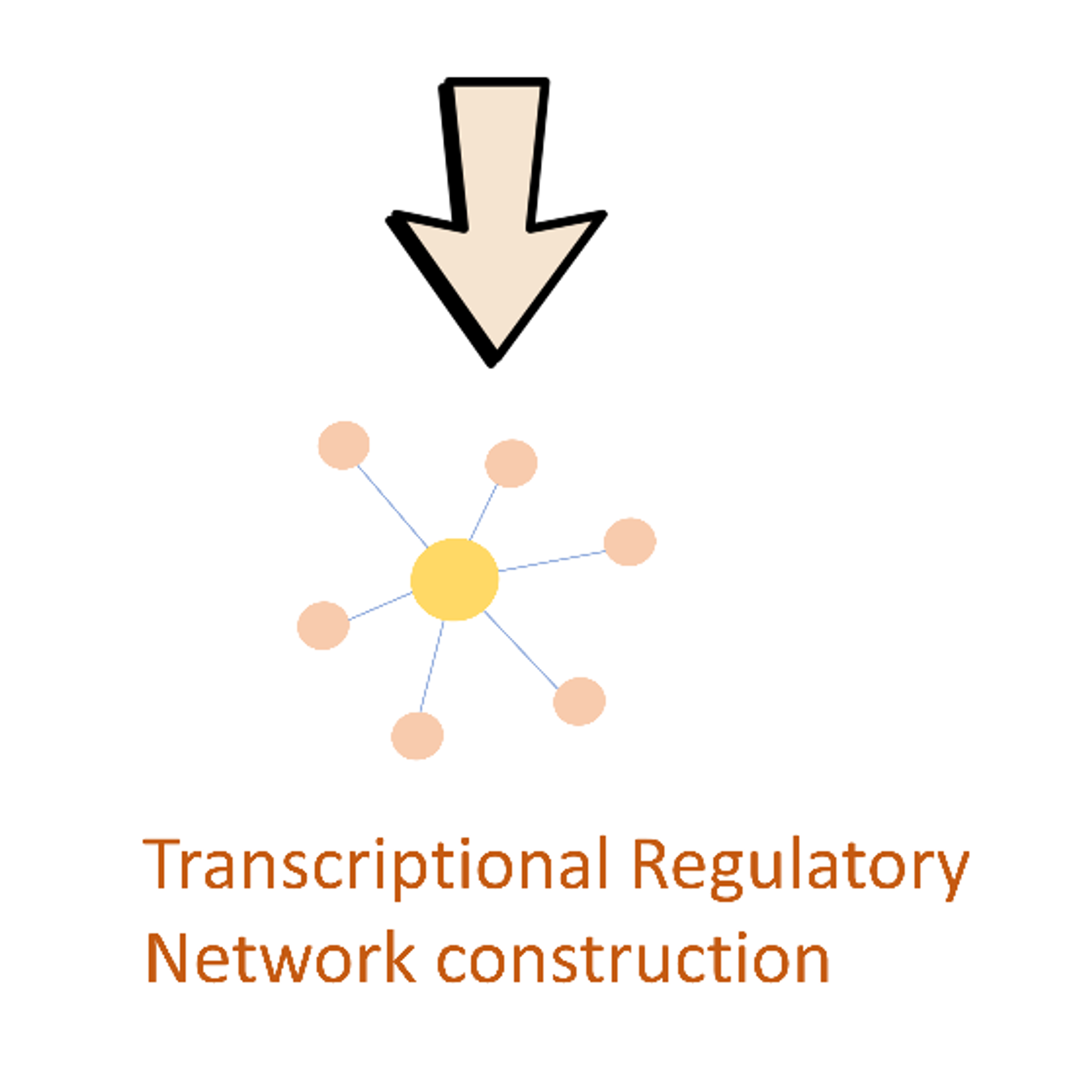The Database of Condition Orientated Regulatory Networks
The Database of Condition Orientated Regulatory Networks (CORN) is a library of condition orientated transcriptional regulatory networks (TRNs). A transcriptional regulatory network is a collection of transcription regulators with their associated downstream genes, where the TRNs activated in a cell defines its cell identity and function. In other words, TRNs govern the gene expression in a cell, thus cell statues are programmed by TRNs. By calculating gene regulators and genes with significant expression alterations after specific condition treatments and construct corresponding TRNs and transcriptional regulatory sub-networks (TRSNs), CORN associated 1805 different types of specific conditions (drug treatments) to 9554 TRNs in 25 human cell lines, involving 204 transcription factors (TFs). By linking and curating specific conditions to responsive TRNs, the scientific community can now perceive how TRNs are altered and controlled by conditions alone in an organized manner for the first time. This database will be the foundation and reference material for scientists who aim to control TRNs without traditional genetic engineering approaches, while also provides key resources for the pharmaceutical community to study the relationships between drugs and cell states in terms of gene regulations.






